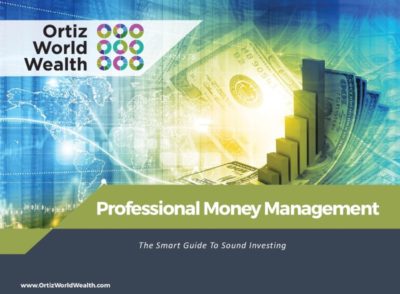
03 Apr Endowment Model #6: Bonds
Endowment Model #6: Bonds
When we think of securities we usually think of stocks or mutual funds, but not many people think about debt as a

form of equity. Bonds, a form of debt investment, are great additions to investment portfolios, not only because of their transparency but also because of their security. Bonds are a different form of investment. You are holding debt from a company with a bond, rather than owning a chunk of the company as a stock. There are advantages and disadvantages to this investment vehicle but as always, the investment vehicles that are right for you, depending on your financial goals. According to Investopedia, a bond is basically an I.O.U. between the lender and the borrower that includes the details of the loans and how the payments will be made.
Although bonds are still considered securities just as stocks are, they don’t function the same at all. With stocks, you own a piece of a company and you ride the ups and downs of the market with that company that you have invested in. Bonds have a strict guideline of rules that are agreed upon when the bond is purchased. These details are usually entailed in the coupon of the bond, such as the interest rate to be paid to the borrower and the timing of the payments which that interest rate will be made. One of the main pros of bonds is the security that comes with them. Bonds have a fixed return on them that you are aware of when you enter your investment. In fact, they are sometimes referred to as a fixed investment. Another measure of security that you receive with bonds is their rating. Unlike stocks, bonds have a rating system, the Standard & Poor’s rating system. Rating systems such as this examine bonds and give them a rating of AAA, AA, A, B, or C. You may have heard the term, ‘junk bond’ before, well a C bond is a junk bond. AAA-rated bonds are basically guaranteed to pay you out exactly when and exactly how much they said they would. C rated bonds, those are going to be a little riskier. This gives you an idea of what you are getting into before you lock your money in with a bond.
So, if bonds are not as risky as the stock market is, why isn’t everyone throwing their money in bonds? Well, it’s simple. There really isn’t a lot of money in them. Because bonds are a measure of debt with a fixed interest rate, they do not participate in the gains of the company that is indebted to them. You sacrifice liquidity and growth for an increased measure of security, while not crossing over into the realm of insurance. Bonds can help steady your portfolio and add stability, especially in times of market volatility.
Bonds are also affected adversely with rising interest rates. When interest rates rise, the value of your bond portfolio will fall. Simply put, if you buy a bond for $1,000 at 5% interest rate and then rates rise to 7%. Now your $1,000 bond is worth less than the $1,000 bonds giving back 7%. And the opposite effect happens when interest rates fall.

When it comes to diversifying your portfolio, you need to consider spreading your money not only into many different markets but also in many different investment vehicles. Bonds are a great way to give some more security to your portfolio while keeping your money more liquid than putting it in the insurance sector. Bonds are only a small part of a truly diversified portfolio. Bonds will do you no good if you are lacking growth and tactical liquidity in your portfolio. Make sure that your portfolio is bolstered well with bonds, stocks, and alternative investments to really make your money work in your best interest.




No Comments